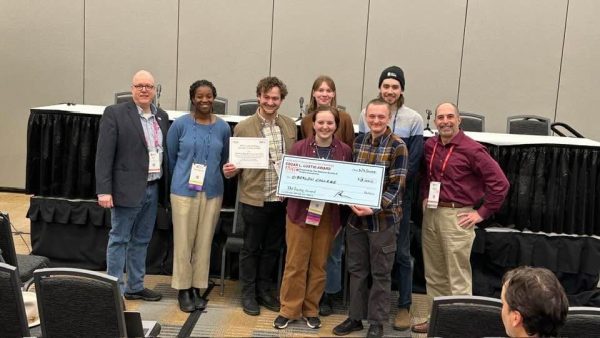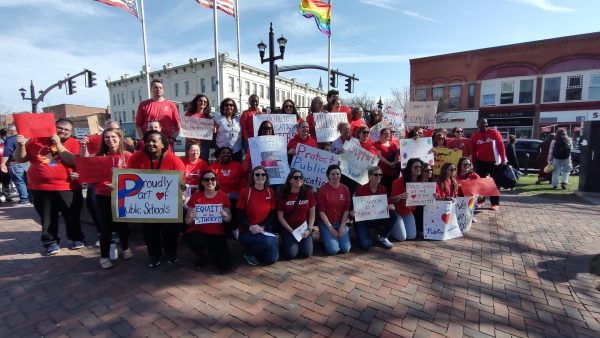Report Showcases Economic Impact of College on Local Community
According to an economic impact report released by Oberlin College on Sept. 25, the College “has a significant economic influence” on the greater Oberlin and Lorain County community and will contribute an estimated $143 million in direct and indirect spending in the region throughout 2019.
The release of the report, titled “Our Community: 2019 Oberlin College Community Impact Report,” preceded last week’s Board of Trustees meeting and Tuesday’s announcement of the board’s decision to appeal the $25 million judgment against the College in the lawsuit filed by Gibson’s Bakery
Oberlin contracted IMPLAN, an economic impact analysis firm, to produce the report. IMPLAN used 2018 inflation-adjusted institutional data and information to generate its analysis. Other higher education institutions — including John Hopkins University and the University of Southern California — have previously retained the Huntersville, N.C.-based firm to produce similar economic impact reports.
“Many colleges and universities produce annual community impact reports,” President Carmen Twillie Ambar wrote in an email to the Review. “My understanding is that in the past the College has issued less comprehensive community impact brochures at irregular intervals. The current report was created to replace a brochure put out several years ago. We plan to update the report annually.”
The report states that direct spending across five IMPLAN-generated industries — Colleges and Universities, Real Estate, All Other Food and Drinking Places, Full-Service Restaurants, and Hotels and Motels — accounts for approximately $119.5 million of the total 2019 spending estimate of $143 million. The remaining amount — roughly $24.4 million — consists of indirect spending by Oberlin in “industries that work with the institution,” according to the report.
In addition to measuring economic impact, the report also highlights the cultural and community service impact Oberlin has on the surrounding community and region. According to the report, Oberlin students contribute 115,000 hours of community service annually. The report also mentions that nearly 500 performances and concerts showcase the work of faculty, students, and visiting performers each year.
“Oberlin is a great place to study, work, live, and raise a family,” President Ambar wrote. “The College is deeply engaged in positive ways with the City of Oberlin and Lorain County.”
Executive Director of the Oberlin Business Partnership Janet Haar understands why some Oberlin community members may be critical of the report, but overall feels that it provided an important perspective.
“I understand, depending on how long you’ve lived in Oberlin and what all you’ve lived through and what your socioeconomic status is, you might have a very different perception of the report itself and of what the College is trying to let us know,” Haar said. “The report is not about [just] the Oberlin community, the report is about the [City of] Oberlin [and the] College community. I felt [that the report] did a good job of helping people understand how connected the communities are.”
The report also provides statistics regarding employment at the College. In 2018, Oberlin employed over 1,100 individuals on a part-time and full-time basis and created approximately 4,060 jobs in Lorain County. Institutional employees contributed $941,000 in taxes to Lorain County in 2018.
The report bears no mention of One Oberlin, the Academic and Administrative Program Review’s final report published in May that outlines the steering committee’s recommendations to resolve the College’s structural budget deficit.





